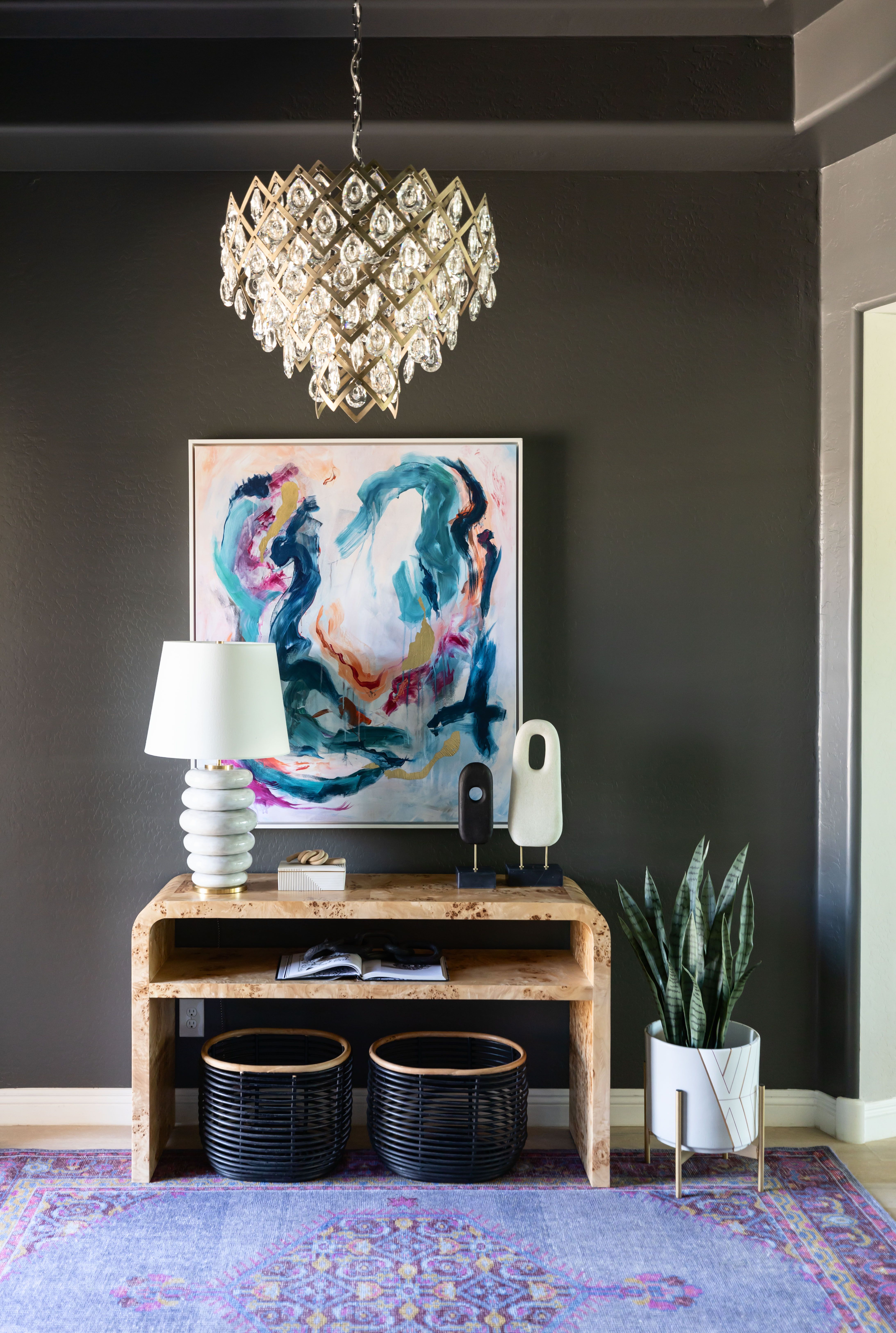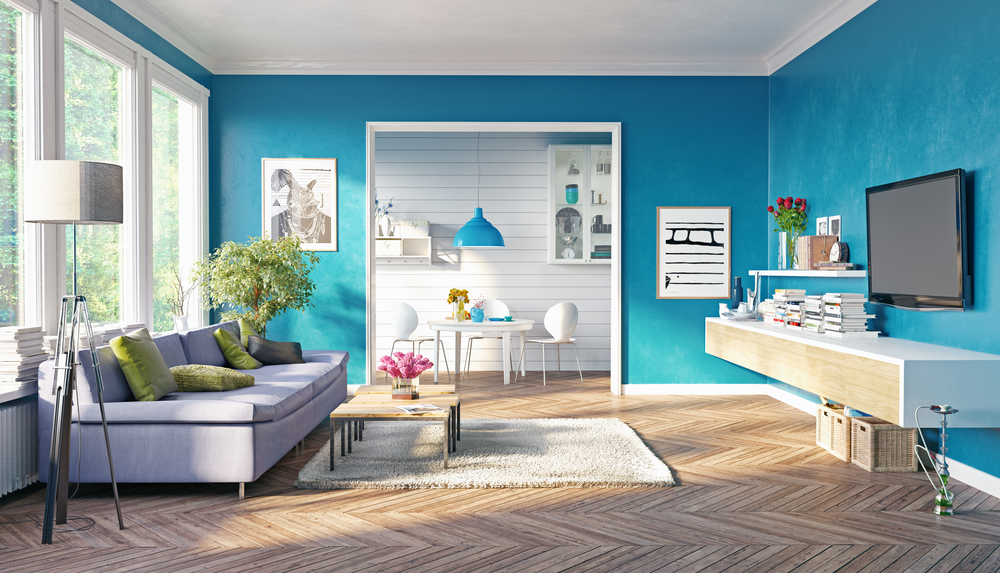Enhance Your Inside Design With Comprehensive Color Appointment
The integration of color examination right into interior decoration provides an unique chance to improve and boost the aesthetic and emotional vibration of an area. By involving with a seasoned shade consultant, you can browse the complexities of color option, making sure that your choices not only complement architectural features however likewise reverberate with individual style and mental influence. This critical collaboration can significantly influence the overall atmosphere of your setting, cultivating a feeling of consistency and function. Comprehending the nuances of this process is important-- what essential aspects should be thought about to achieve optimal results?
Benefits of Color Appointment

Moreover, shade appointment aids in taking full advantage of all-natural light and maximizing spatial perception. Lighter colors can make an area appear more expansive, while darker tones develop an intimate setup. Cleveland Metro Painting Specialists. This strategic application of color can significantly affect the general atmosphere of any type of indoor area
In addition, specialist experts possess an extensive understanding of existing patterns and ageless classics, making certain that the picked shades will certainly remain attractive over time. This foresight can save customers from expensive redesigns in the future. Color assessment empowers clients by giving them with a clear vision and instructions, fostering confidence in their layout selections and eventually leading to a more successful and satisfying indoor style outcome.
Comprehending Color Psychology
The value of shade psychology in interior decoration can not be overstated, as it explores the mental and emotional results that different colors can evoke in people. Colors can influence mood, actions, and also productivity, making them an important factor to consider in any kind of layout job.
As an example, warm shades such as red, orange, and yellow are commonly related to energy and heat. They can boost feelings of enjoyment and comfort, making them suitable for social rooms like living kitchens or areas. Conversely, amazing shades like blue, environment-friendly, and purple have a tendency to evoke calmness and peace, making them optimal for rooms or meditation areas.
In addition, making use of neutral tones can develop a balanced atmosphere by permitting the bolder colors to attract attention without overwhelming the detects. Comprehending these mental impacts allows designers to produce spaces that not only look aesthetically pleasing yet likewise advertise emotional wellness.
Including shade psychology into interior decoration entails a thoughtful selection of tones tailored to the designated function of each area, eventually improving the general experience for its residents. This understanding is crucial for achieving a functional and unified indoor atmosphere.
The Color Wheel Explained
Comprehending the connections in between shades is crucial for effective interior decoration, and the color wheel acts as a useful tool in this process. The shade wheel, created by Isaac Newton in the 17th century, shows the range of colors arranged in a circular layout. It makes up primaries-- red, blue, and yellow-- that can not be created by blending other shades. Secondary shades, developed by combining primaries, consist of eco-friendly, orange, and purple. Tertiary colors arise from mixing a key and an additional color, bring about shades such as red-orange and turquoise.
The shade wheel helps designers grasp the partnerships between shades, including corresponding, analogous, and triadic schemes. Corresponding colors, located contrary each other on the wheel, produce vivid contrasts that can stimulate an area. Similar colors, situated next to one another, give a natural and harmonious look. Triadic plans make use of three uniformly spaced shades, offering equilibrium and visual passion.
Using the color wheel in interior decoration not only enhances aesthetic appeal but also evokes particular emotions and atmospheres, making it a crucial reference for color consultation. Understanding these relationships ultimately encourages developers to create rooms that are both useful and aesthetically exciting.
Choosing the Right Combination
An appropriate color system can combine a room, improve its features, and stimulate desired feelings. Various areas serve diverse functions and need schemes that show their desired use; for circumstances, peaceful shades such as soft blues or eco-friendlies work well in bed rooms, promoting leisure.
Following, consider the natural light readily available. Light can substantially change exactly how shades appear, so it is vital to examine the room at various times of the day. In addition, think about existing architectural components and home furnishings. A harmonious combination needs to match these functions, creating a natural look throughout the space.
When selecting shades, use the 60-30-10 regulation, which suggests that 60% of the area should be a dominant shade, 30% a second color, and 10% an accent color. This proportion makes sure balance and aesthetic interest (Cleveland Metro Painting Specialists). Ultimately, example colors on the walls before committing, as this allows you to see exactly how the colors engage with one an additional my review here and the general atmosphere they create in your interior decoration task.
Functioning With a Shade Expert

When dealing with a shade specialist, the procedure generally starts with an initial assessment. Throughout this meeting, you'll review your vision, preferences, and the existing components in your area. The specialist will evaluate your needs and may recommend details shade combinations that align with your objectives.
After developing an instructions, the professional will certainly provide samples and visual help to help you imagine the suggested color pattern. This step is important, as shades can appear differently under differing illumination conditions.
Additionally, a shade consultant can guide you in selecting corresponding furnishings, artwork, and accessories to integrate with your selected scheme. By working together closely, you can attain a refined aesthetic that elevates your interiors and creates a welcoming ambience. Eventually, the experience of a color expert can considerably boost the overall influence of your design task.
Conclusion
In recap, thorough color assessment offers as an essential tool for enhancing indoor style. By leveraging specialist understanding of color psychology and spatial characteristics, a customized color combination can be established to stimulate details emotions and develop a harmonious setting.
By engaging with an experienced shade consultant, you can browse the complexities of color option, making certain that your options not just complement architectural functions yet additionally reverberate with personal style and psychological effect. It comprises key colors-- red, blue, and yellow-- that can not be created by blending other colors.The shade wheel aids designers comprehend the relationships in between colors, including corresponding, analogous, and triadic plans.When choosing colors, make use of the 60-30-10 guideline, which suggests that 60% of the area ought to be a leading color, 30% a secondary shade, and my link 10% an accent color. By leveraging specialist understanding of shade psychology and spatial dynamics, a customized shade palette can be created to stimulate specific feelings and produce an unified atmosphere.